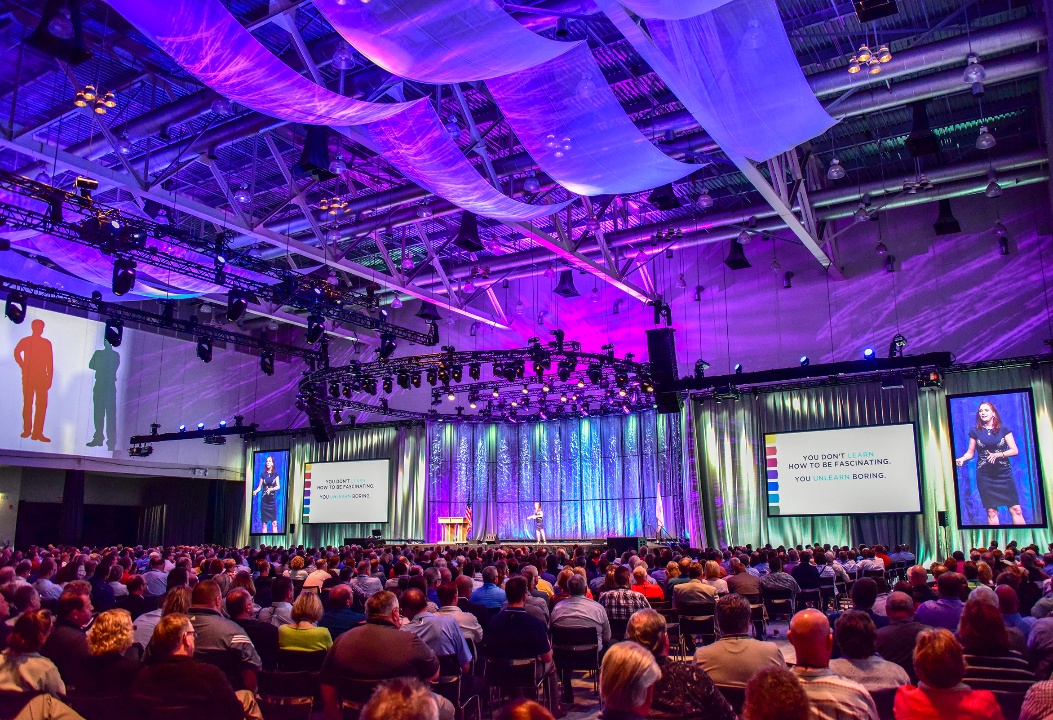Why Event Source Solutions Are Important for Seamless Event-Driven Styles
In the realm of modern software application advancement, event-driven styles are increasingly prevalent, yet their effectiveness depends upon the execution of durable occasion resource remedies. These options not just streamline the generation and monitoring of occasions yet also improve inter-component interaction by decoupling producers from consumers. This splitting up is essential for maintaining system resilience and versatility. As industries shift towards real-time information processing, recognizing the ramifications of event sourcing comes to be crucial. What are the particular advantages that arise when these services are incorporated, and just how do they affect the future landscape of application growth?
Comprehending Event-Driven Styles
Event-driven designs (EDAs) stand for a paradigm change in creating software program systems, where the flow of info is identified by the occurrence of occasions. This architectural design promotes a decoupled method, permitting various parts to communicate asynchronously. In EDAs, occasions function as the primary ways of communication, activating processes or workflows in reaction to specific incidents, such as customer activities or system modifications.
The key parts of an EDA consist of occasion producers, which generate events; event consumers, which respond to occasions; and event networks, which promote the transmission of occasions between manufacturers and customers. This framework boosts system responsiveness and scalability, as components can individually refine occasions without the need for simultaneous interaction.
Furthermore, EDAs allow real-time data handling, making them appropriate for applications needing instant understandings-- such as scams discovery in economic systems or keeping track of IoT devices. They additionally support an even more nimble development setting, allowing teams to repeat promptly and deploy brand-new functions with very little disturbance to existing solutions.
The Role of Occasion Source Solutions
While numerous components in an event-driven design rely upon efficient interaction, event source options play a crucial function in producing and taking care of the circulation of events. These remedies function as the preliminary factor of event creation, recording modifications in state or customer actions and converting them right into occasions that can be circulated via the system.

Furthermore, they help with the decoupling of manufacturers and customers within an architecture, allowing systems to scale individually. This decoupling is essential for boosting system durability, as it decreases dependences that might otherwise result in bottlenecks or single points of failure.
Advantages of Real-Time Information Processing
Real-time data processing substantially improves the abilities see this page of event-driven styles by enabling immediate understandings and actions based upon the current information (your event source charlotte). This immediacy not only increases decision-making yet additionally boosts the relevance and accuracy of those choices. Organizations can react to occasions as they take place, minimizing latency and enhancing operational dexterity
One of the primary benefits of real-time data processing is the ability to catch and assess information constantly. This facilitates aggressive measures instead of responsive reactions, allowing organizations to expect fads and possible issues prior to they escalate. pop over to this web-site In industries such as money or e-commerce, real-time analytics can determine fraudulent purchases or customer habits adjustments, permitting speedy interventions that reduce risk and maximize consumer satisfaction.

Inevitably, the combination of real-time information processing into event-driven architectures encourages organizations to harness the full possibility of their information, driving technology and affordable benefit in a progressively vibrant market.
Enhancing System Communication
Effective interaction between systems is vital for the success of any type of event-driven design. Event resource options facilitate this communication by providing a durable framework for recording and sending events in real time. By systematizing exactly how systems generate and eat occasions, these remedies remove ambiguity and foster interoperability, permitting diverse systems to interact seamlessly.
Making use of event streams enables systems to respond promptly to adjustments, making sure that all components are straightened and notified. This responsiveness is essential in article settings where timely information exchange directly influences decision-making and general system efficiency. Occasion resource services provide systems for occasion filtering, improvement, and routing, enhancing the performance of data circulation in between systems.
Additionally, by carrying out a publish-subscribe version, event source solutions decouple system parts, permitting for greater flexibility and scalability. This decoupling implies that systems can evolve separately, making it much easier to incorporate new performances or replace existing components without interrupting overall communication.
Future Fads in Occasion Sourcing


One more considerable fad is the surge of cloud-native event sourcing remedies. These platforms leverage the scalability and versatility of cloud infrastructure, enabling organizations to effectively handle and store vast amounts of occasion information without the overhead of conventional systems. This change promotes greater access and cooperation across teams.
In addition, the fostering of microservices architecture is affecting event sourcing methods. As companies significantly segment their applications right into smaller, independent services, occasion sourcing offers a robust system to maintain information consistency and integrity across these distributed systems.
Verdict
To conclude, event source solutions function as a vital structure for seamless event-driven styles, enabling efficient occasion generation and administration. By promoting asynchronous interaction in between components, these services enhance system strength and promote the independent advancement of solutions. The advantages of real-time information handling and boosted system communication highlight the value of taking on occasion sourcing approaches. As the demand for durable distributed systems rises, the significance of occasion source remedies will certainly continue to grow, forming the future of event-driven design.